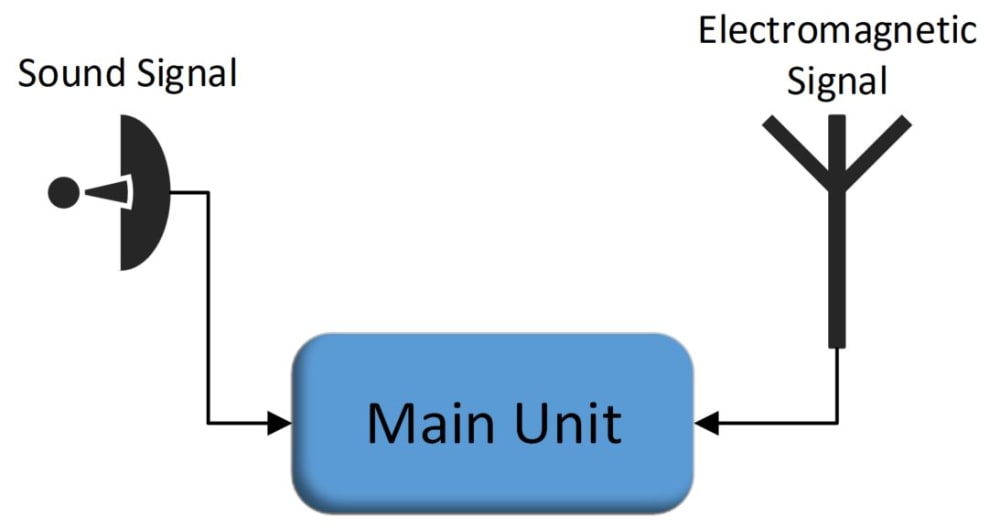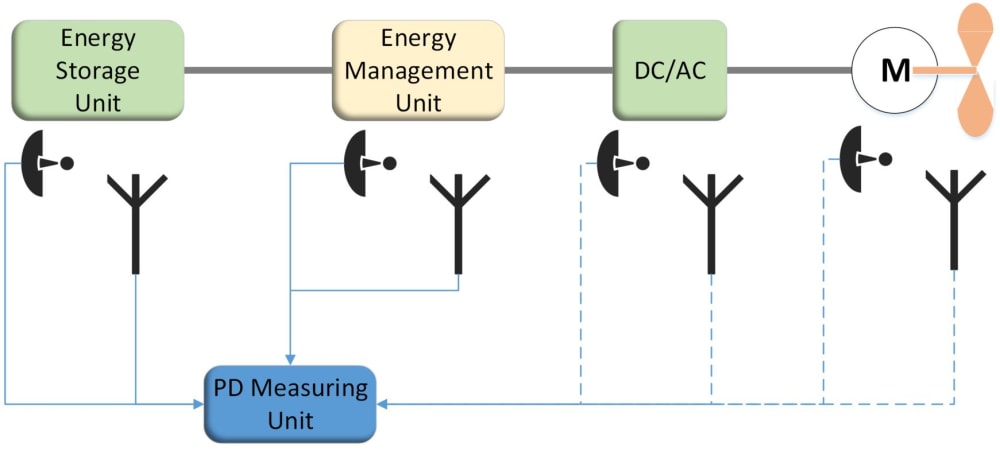Electrification in aviation will be one of the big engineering challenges of the near future. Different types of electric powertrain architectures have been proposed and many of them have been implemented and tested in real conditions. So far, a common practice for the designers of airborne electrical systems has been to keep the voltage level within the range where no electrical discharges between two conductors are expected (roughly below 350V). In that way, the safety and the robustness of the system was ensured, from the electrical insulation point of view.
Nowadays, the constantly increasing need for electric power in the airplane’s system pushes the voltage levels way above this safety boarder. It has been announced the intension to reach 3 kV DC for airborne electrical powertrains. Besides the high voltage level, low air pressure and humidity and high temperature, are factors that facilitate the occurrence of electrical discharges. It is very clear that a lot of caution should be taken when designing the electrical insulation of the system.
Electrical Partial Discharges (PDs) occur before and can lead to an electrical breakdown, if they are not detected in time. They are a constant threat to the electrical insulation. They are a very common reason for the gradual degradation of the electrical insulation of an electrical system. Additionally, for the “green” electric powertrains that use hydrogen as an energy source, PDs induce one more risk for the system’s safety. Hydrogen has a very low ignition energy. In case of a hydrogen leakage, it could ignite due to partial discharges.
For that reasons, the monitoring of the electrical system under different operation conditions is very important in order to meet the strict safety requirements in aviation. Typical PD measuring systems are measuring one of the side effects of PDs (like electromagnetic radiation, light emission, sound emission etc). These measurements are very sensitive and vulnerable to external noise. It is therefore difficult to distinguish the real PD signals from the noise. It is even more difficult when applying DC voltage compared to AC.
The suggested solution is a monitoring system that measures at the same time acoustic and electromagnetic signals emitted from PDs. These signals will be processed and compared in a central processing unit in order to much the signals coming from real PDs and filter the external noise. In this way, safer results can be extracted. Furthermore, data acquired from lab experiments could be used along with advanced algorithms in order to compare the measured signals and increase the reliability of the system.
The device, will be placed close to a critical component of the powertrain that is most possible to produce PDs. Such a device can also be modular, which means that multiple components of the electrical powertrain can be monitored simultaneously.
An additional advantage of this system is the fact that it can be used in any sector industry, for any type of HV systems, DC and AC, in order to investigate the existence of PDs.
Like this entry?
-
About the Entrant
- Name:Dimosthenis Anagnostou
- Type of entry:individual
- Patent status:none





